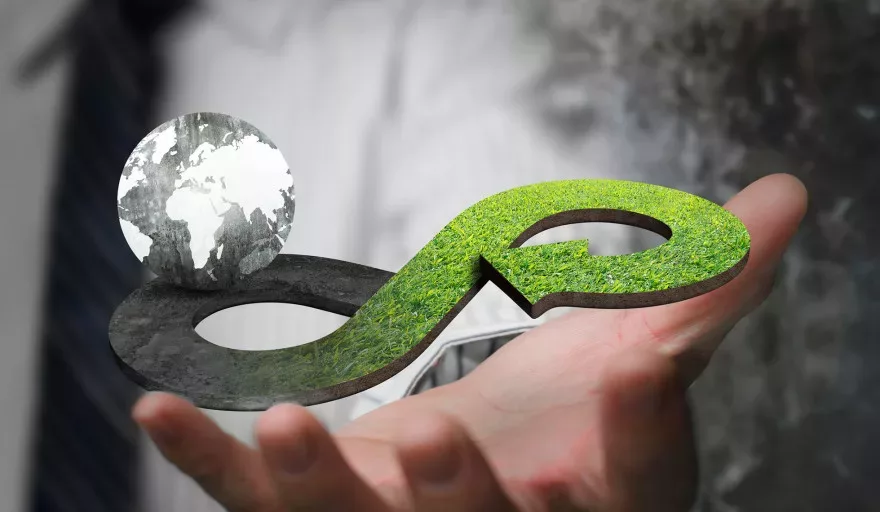With a booming industry and growing population, Asia is waking up to the practical and environmental benefits of an advanced circular economic system. We take a look at the possibilities and realities of the economy transition.
THE NEW ECONOMY
From individual families to companies and countries, the way humans operate across the planet is changing.
With an ever-growing population exceeding 7.9 billion, the renewable and sustainable use of materials and resources has never been so important, both to the present and vitally to the future of planet Earth.
In light of this acknowledgement, citizens and governments at every level are gradually rethinking the way they work, travel and consume, preparing for the years ahead while simultaneously trying to combat the ever-worsening impacts of climate change.
Asia is widely associated with coal and fossil fuel usage, manufacturing (and resulting waste), and high levels of emissions especially concentrated within its urban and industrial areas, yet it is also a region that is progressively implementing a circular economy.
OUT WITH THE OLD
A circular economy is a closed-loop economic system of using and reusing resources to maximise materials and minimise waste. And it has to be, when Asia alone accounts for 60 percent of the global populace, who live, work and consume everyday across the region.
Existing as both a powerhouse of production and consumption, Asia has great potential to set a global example when it comes to enacting a large-scale circular economy. Collectively, countries within the region have become hubs of manufacturing for the entire world, and over the past 20 years China and India have both grown rapidly, expanding their urban areas and industrial capabilities to stand as Asia’s largest economies.
However, this growth has come at the cost of huge environmental impacts. The Yamuna River in India, for example, was recently plagued with a thick layer of toxic foam formed from industrial waste and sewage. It is a river traditionally used for religious bathing and is a tributary of the much larger Ganges River, a body of water that flows through the country all the way into Bangladesh, with the industrial waste negatively impacting people and areas throughout both countries. This is one of many examples of the harmful and dangerous consequences of mass industrial production.
But studies by experts and organisations have shown that both national economies have the opportunity to foster new economic growth from the transition to a circular economy.
TRANSITION ACROSS ASIA
Applying such a system to China, especially its densely packed cities and urban areas, has the potential to make both goods and services more affordable, as well as providing living spaces that produce less emissions, general waste and congestion on the whole.
There have been many opportunities identified, ranging from the built environment, increased mobility, wider provision of nutritional foods, and repurposing electronic parts for reuse, saving households and businesses around CNY 70 trillion over the next two decades as a result. The notion of a circular economy and its resulting policies are also supported by China’s leadership, with Chinese cities being in a solid position to represent the progressive front of successful economic transition in Asia.
India is also in a strong position to adopt such an economic system. The country boasts an existing circular mindset, and this, coupled with its vast digital sphere, shows that India could be a future leader in the implementation of a circular economy.
In terms of the potential outcomes, such a system could bring India total annual benefits of around $624 billion by 2050. On top of household and business gains, a circular economy would also see a reduction in the dangerous and negative environmental consequences of its industrial operation. Impacts such as congestion, pollution and the improper disposal of hazardous waste could be reduced or avoided, bringing further health and socio-economic benefits.
Furthermore, when landfills are also taken into account, a circular economic system provides multiple benefits over the burden of such waste sites. For example, the capacity of the landfill in Da Nang (Vietnam) is being used up far quicker than expected, one of many examples across the Asian urban space.
The best way to combat such issues is not to create further landfill sites, but instead to focus on addressing the core problems. By transitioning from the ‘take, make, waste’ model, cities and countries across Asia can eliminate pollution and waste through the reuse of materials and resources to form a profitable, practical and environmentally beneficial circular system; a concept that is progressively being realised as the future of the human way of life.





















